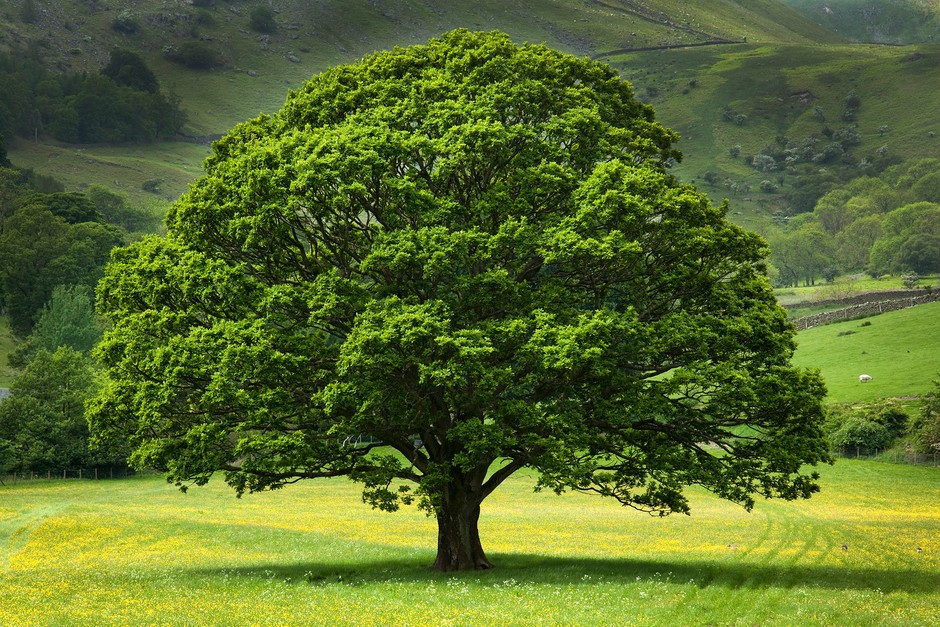Oak Coffins: Unveiling the Differences Between Solid Wood and Veneer

Choosing between a solid oak coffin and an oak veneer coffin depends on your priorities, budget, and preferences. Here are some reasons why you might consider a solid oak coffin over an oak veneer:
1. Durability and Strength
- Solid Oak: Solid oak is extremely durable and strong, making it a long-lasting option. It is less prone to damage over time and can withstand environmental factors better than veneer.
- Oak Veneer: Veneer is a thin layer of oak applied over a less expensive material (like MDF or plywood). While it looks similar, it is not as robust or long-lasting as solid oak.
2. Aesthetic Appeal
- Solid Oak: Solid oak has a natural, timeless beauty with unique grain patterns and a rich, warm appearance. It can be polished or finished to highlight its natural characteristics.
- Oak Veneer: While veneer can mimic the look of solid oak, it lacks the depth and authenticity of real wood grain. Over time, veneer may also peel or wear, especially in humid or damp conditions.
3. Prestige and Tradition
- Solid Oak: Solid oak coffins are often associated with luxury, tradition, and high quality. They are a symbol of respect and dignity, making them a popular choice for those who value craftsmanship and heritage.
- Oak Veneer: Veneer coffins are more affordable but may not carry the same sense of prestige or tradition as solid oak.
4. Environmental Considerations
- Solid Oak: Solid oak is a natural material that is biodegradable and environmentally friendly, especially if sourced sustainably. It decomposes naturally over time.
- Oak Veneer: Veneer often involves synthetic adhesives and less eco-friendly core materials, which may not break down as easily or be as environmentally sustainable.
5. Customization
- Solid Oak: Solid wood allows for more intricate carving, personalization, and customization. It can be engraved or shaped more easily than veneer.
- Oak Veneer: Customization options are more limited with veneer, as the thin layer of oak restricts the ability to carve or modify the surface deeply.
6. Long-Term Value
- Solid Oak: While more expensive upfront, a solid oak coffin may hold its value better over time and is often seen as an investment in quality.
- Oak Veneer: Veneer coffins are more budget-friendly but may not have the same long-term value or durability.
7. Emotional Significance
- Solid Oak: For many, choosing a solid oak coffin is a way to honor a loved one with a product that reflects permanence, strength, and respect.
- Oak Veneer: While still a respectful choice, it may not carry the same emotional weight or significance as solid oak.
Conclusion:
If you value durability, authenticity, and prestige, a solid oak coffin is the better choice. However, if budget is a concern and you still want the appearance of oak, an oak veneer coffin can be a more affordable alternative. Ultimately, the decision depends on your personal preferences, financial considerations, and the significance you attach to the choice.
Which is better for Cremation, Solid Oak or Oak Vaneer Coffins?
When it comes to cremation, the choice between a solid oak coffin and an oak veneer coffin depends on several factors, including cost, environmental impact, and personal preferences. Here’s a breakdown to help you decide which is better for cremation:
1. Cost Considerations
- Oak Veneer Coffins: These are generally more affordable than solid oak coffins. Since the coffin will be cremated, some people prefer to save money by choosing a veneer option, as it will be destroyed during the process.
- Solid Oak Coffins: These are more expensive due to the higher quality of materials and craftsmanship. If budget is a concern, a solid oak coffin might not be the most practical choice for cremation.
2. Environmental Impact
- Oak Veneer Coffins: Veneer coffins often use a core material like MDF (medium-density fiberboard) or plywood, which may contain adhesives, resins, or other synthetic materials. These can release harmful chemicals when burned, making them less environmentally friendly for cremation.
- Solid Oak Coffins: Solid oak is a natural material and burns cleaner than veneer coffins with synthetic components. If environmental considerations are important to you, solid oak is the better choice.
3. Cremation Process
- Both solid oak and oak veneer coffins are suitable for cremation, as crematoriums are equipped to handle different materials. However:
- Solid Oak: Burns more efficiently and cleanly due to its natural composition.
- Oak Veneer: May produce more emissions due to the synthetic materials in the core, though modern crematoriums are designed to minimize environmental impact.
4. Aesthetic and Emotional Factors
- Solid Oak Coffins: If you plan to have a viewing or funeral service before cremation, a solid oak coffin offers a more luxurious and traditional appearance. It may provide a greater sense of dignity and respect for the deceased.
- Oak Veneer Coffins: These can still look elegant and are often indistinguishable from solid oak at a glance. They are a practical choice if the coffin’s appearance is only needed for a short time before cremation.
5. Practicality
- Since the coffin will be cremated, durability is less of a concern. Both options will be destroyed during the process, so the long-term strength of solid oak is not a significant advantage in this context.
Conclusion: Which is Better for Cremation?
- Choose Solid Oak if:
- You want a more environmentally friendly option.
- You value the aesthetic and emotional significance of a high-quality coffin for a funeral service.
- Budget is not a primary concern.
- Choose Oak Veneer if:
- You are looking for a more cost-effective option.
- The coffin will not be on display for long, or you prioritize practicality over material quality.
- Environmental concerns are secondary to budget considerations.
Ultimately, the decision depends on your priorities, budget, and the level of importance you place on the coffin’s material and appearance before cremation.
Recommended Posts

Why is choosing a coffin for someone so stressful?
April 16, 2025


